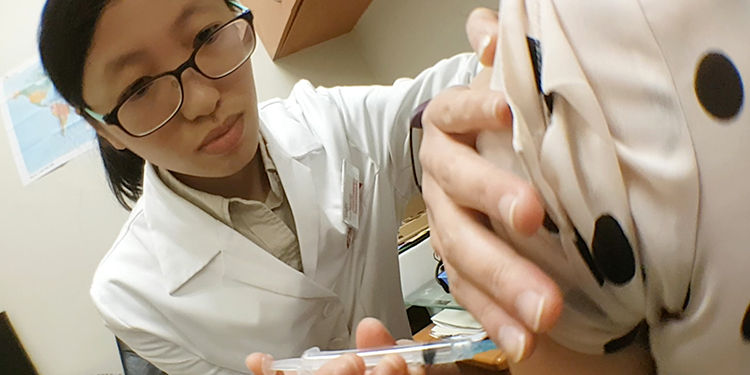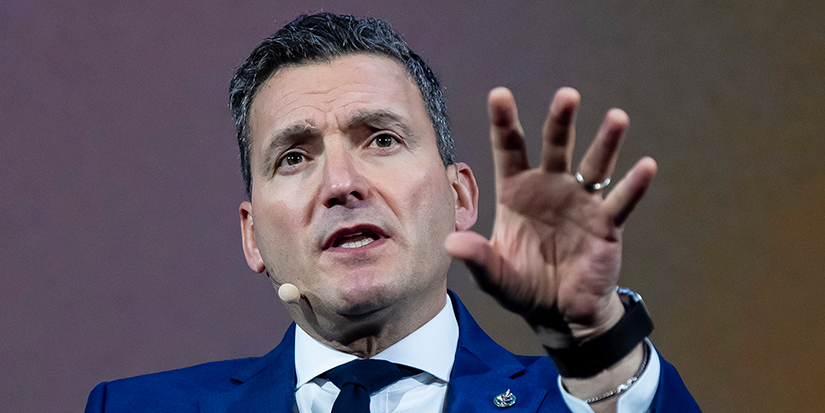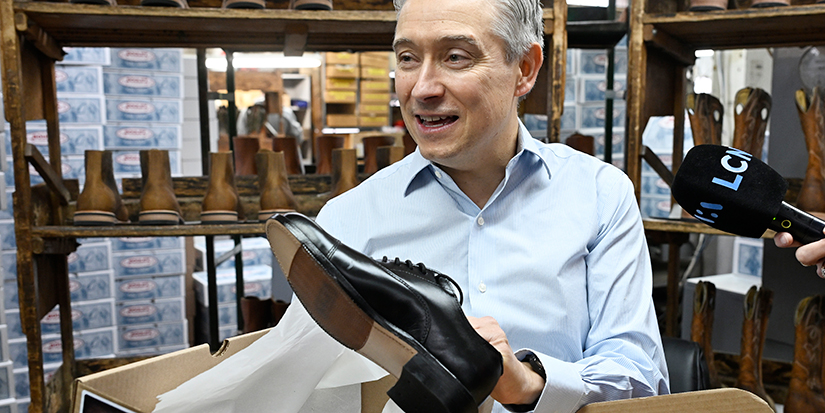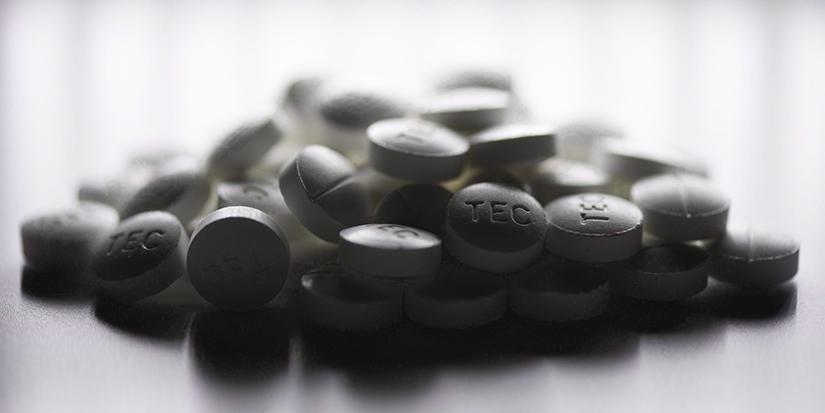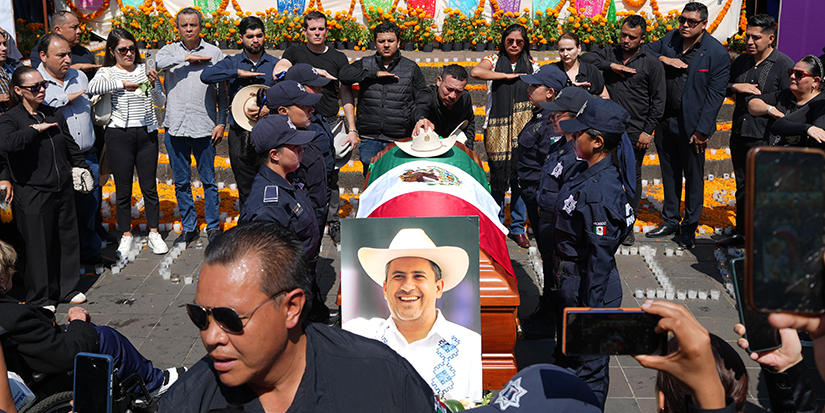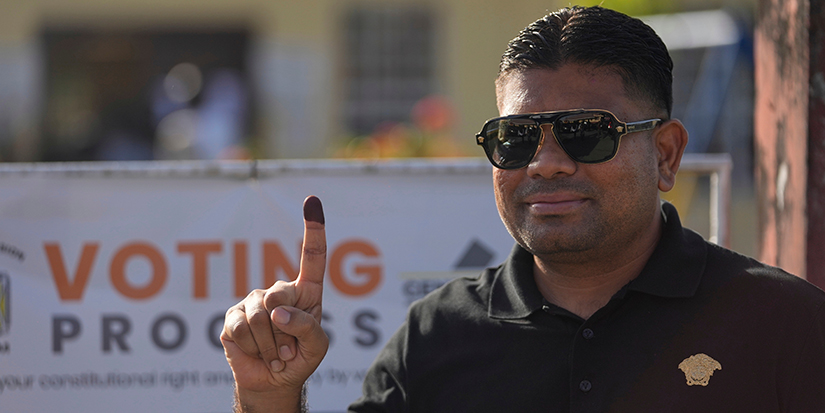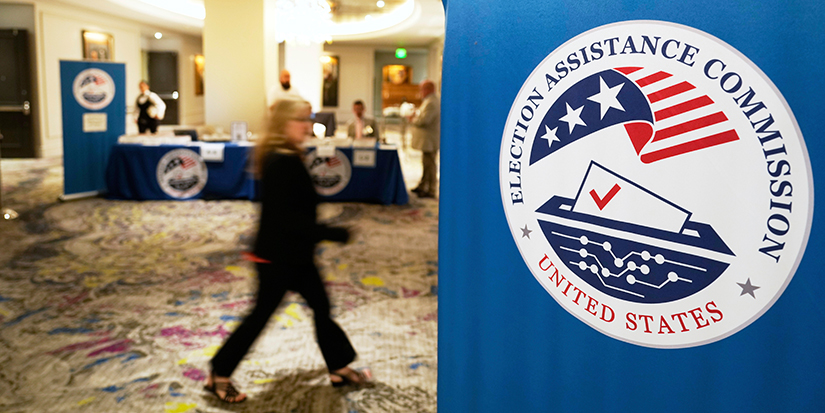Latest News
Awakened chicken pox virus can cause excruciating pain
Published 4:12 PST, Thu November 15, 2018
It starts like a little tingling, or perhaps
it’s an itchy or burning feeling. Then you notice red spots somewhere on one
side of your body. Within a few days, they start to hurt, hurt like crazy and
then the spots turn clear and watery. You have shingles.
“The hallmark is its one-sided rash. It can
be very painful. There are blisters. The important thing is the nerve pain that
can last for weeks and weeks. In some people, it can last for months and in
some people it can be quite debilitating,” says Dr. Meena Dawar, Richmond’s
medical health officer with Vancouver Coastal Health Authority.
Shingles can happen to anyone at any age but
often they occur past middle age. That wasn’t the case when Anne, who asked her
full name not be used, was in her late 30s.
“The first symptoms I noticed were red spots
that were only on one side of my torso. They were a little bit itchy,” she
says.
Anne worked in a hospital. She saw her doctor
who diagnosed shingles.
“When I was diagnosed it was a surprise to me
because I had always thought of shingles as a disease of the elderly. I had
heard of friends of my grandmother who had terribly painful neuropathy
afterwards and infections that affected them,” she says.
When a person has the chicken pox, often as a
child, the itchy rash goes away but the the chicken pox hides out in nerves,
sleeping until some unknown thing awakens the virus where it infects the
nerves, torturing the pain sensors, causing red spots that turn into the
tell-tale blisters.
The spots and blisters, Dawar says, are
usually on one side of the body only and “in a band-like pattern. That’s
important because nerves usually provide coverage in a band-like pattern. That’s
classic.”
The virus can also affect the clear cornea on
your eye or anywhere else on the body.
Anne was put onto an antiviral medication to
stop the virus in its tracks and speed the healing of the skin on her shoulder.
What should you do if you suspect shingles?
“You should absolutely go see your family
doctor right away,” says Dawar “Shingles is treatable if treatment is sought
early enough. There is antiviral treatment which can be prescribed by your
family physician,” Dawar says.
Treatment helps more than just the patient.
It makes them less infectious to others.
“The blisters have chicken pox virus in them.
Severely immune-compromised individuals have to keep away from all potential
infections including shingles,” Dawar says.
For Anne, working around people on
chemotherapy—that temporarily robs them of an immune system—meant she had to
stay home from work until her blisters healed to keep the patients safe.
“The most important thing to know is it’s
preventable. Up to 20 percent of people will get shingles in their lifetime,”
says Dawar, “Adults over 50 are recommended to get the shingles vaccine.”
The latest shingles vaccine is more than 95
per cent effective. It means two shots a few months apart. While you do not
need a prescription for the shots, you do need to pay for them.
“Shop around,” says Dawar as some pharmacies
have different pricing policies. Some private health plans do cover the cost of
the shingles vaccine.
The older, single dose vaccine is only 50 to
65 percent effective according to Dawar. She recommends that those who have
only had the earlier kind of shingles vaccine go get the newer, more effective
shots.
And, if you are in for your flu vaccination,
you can safely have it at the same time as a shingles shot, according to
pharmacist Jenny Lin at Pharmasave in Richlea Square.
“CDC general recommendations advise that…administration
of (shingles vaccine) with (the flu shot) has been studied, and there was no
evidence for interference in the
immune response to either vaccine or safety
concerns.”
Anne’s been meaning to get her shingles
vaccine for some time now. The importance was driven home to her: “When (my
husband) was diagnosed with leukemia I wished that I had had it. The risk of
potentially having an outbreak and giving it to him when he was
immune-compromised was frightening.
At one point I had a rash on my torso when he was sick. It turned out to
be a reaction to laundry soap. The doctor thought it was probably not shingles
because it was on both sides but I went back on antivirals, to be safe.”
FLU SHOT
It’s positively chilly outside, and that
means one thing is coming.
The flu.
“We are at the start of the flu season. The
campaign has begun, and there’s vaccine available for children and adults. It’s
recommended for everybody and provided free for everybody so, go see your
family doctor, pharmacist or public health to get immunized.”
Dawar says this year we are seeing H1N1,
otherwise called swine flu, as well as the H3N2 strain that killed so many last
year and the B strain influenzas, one of which has already killed a previously
healthy child in the US, according to the Centers for Disease Control in
Atlanta.
Speaking of the H3N2 strain, all the
hospitalizations and death it caused, Dawar says, “Last year was fairly heavy.”
CDC Atlanta says this year’s flu vaccine better matches the strain of influenza
circulating so should be more effective.
With the flu shot, like the shingles vaccine,
as Anne says, “It’s not just yourself you are protecting, it’s your family.”
